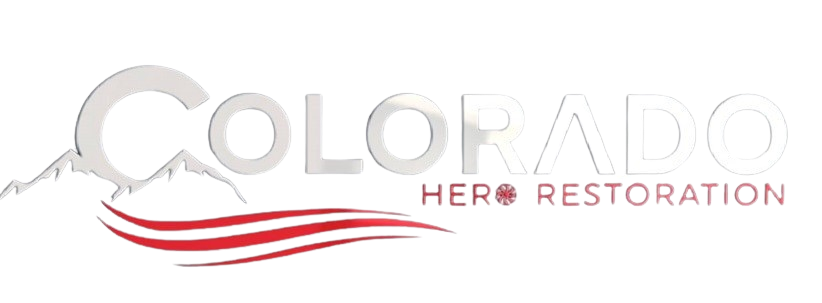Water damage can be a homeowner’s worst nightmare, causing significant damage to property and posing serious health risks. Acting quickly and efficiently is crucial to minimize the impact and ensure a smooth restoration process. Here are five essential steps to take after experiencing water damage:
1. Ensure Safety First
Turn Off Power and Gas Before you do anything else, make sure to turn off the power and gas supply to prevent electrical hazards and gas leaks. Water and electricity are a dangerous combination, and even a small amount of water can cause electrical shock.
Assess Structural Safety Check for structural damage. If you notice any signs of structural weakness, such as sagging ceilings or buckling floors, evacuate the area immediately. It’s better to be safe and wait for professionals to assess the damage.
2. Identify and Stop the Source of Water
Locate the Source Find out where the water is coming from. Common sources include burst pipes, broken water heaters, and roof leaks. Identifying the source will help you stop the water flow and prevent further damage.
Shut Off Water Supply If the water damage is due to a plumbing issue, shut off the main water supply to your home. This will help minimize the amount of water entering your property.
3. Document the Damage
Take Photos and Videos Before you start cleaning up, document the damage thoroughly. Take photos and videos of all affected areas, including furniture, walls, floors, and personal belongings. This documentation will be crucial for insurance claims.
Keep Detailed Records Keep detailed records of all actions you take, including phone calls to your insurance company and receipts for any expenses related to the damage. These records will support your insurance claim and help ensure you receive fair compensation.
4. Begin Water Removal and Drying
Remove Standing Water Use a wet/dry vacuum, buckets, or pumps to remove standing water from your home. The longer the water sits, the more damage it can cause, so act quickly to start the removal process.
Dry Out Affected Areas Open windows and doors to improve air circulation. Use fans, dehumidifiers, and heaters to dry out the affected areas. Mold can begin to grow within 24-48 hours, so it’s crucial to dry out your home as soon as possible.
5. Clean and Disinfect
Remove Damaged Materials Remove and discard any materials that cannot be salvaged, such as carpet, drywall, and insulation. These materials can harbor mold and bacteria if left untreated.
Clean and Disinfect Thoroughly clean and disinfect all surfaces that came into contact with water. Use a mixture of bleach and water or other disinfectants to kill bacteria and prevent mold growth. Pay special attention to areas that may not be immediately visible, such as behind walls and under floors.
Call in the Professionals
While these steps can help mitigate the damage, water damage restoration is often best left to professionals. At Colorado Hero Restoration, we have the expertise, equipment, and experience to handle water damage effectively and efficiently. Our team will work quickly to assess the damage, create a restoration plan, and restore your home to its pre-damage condition.
